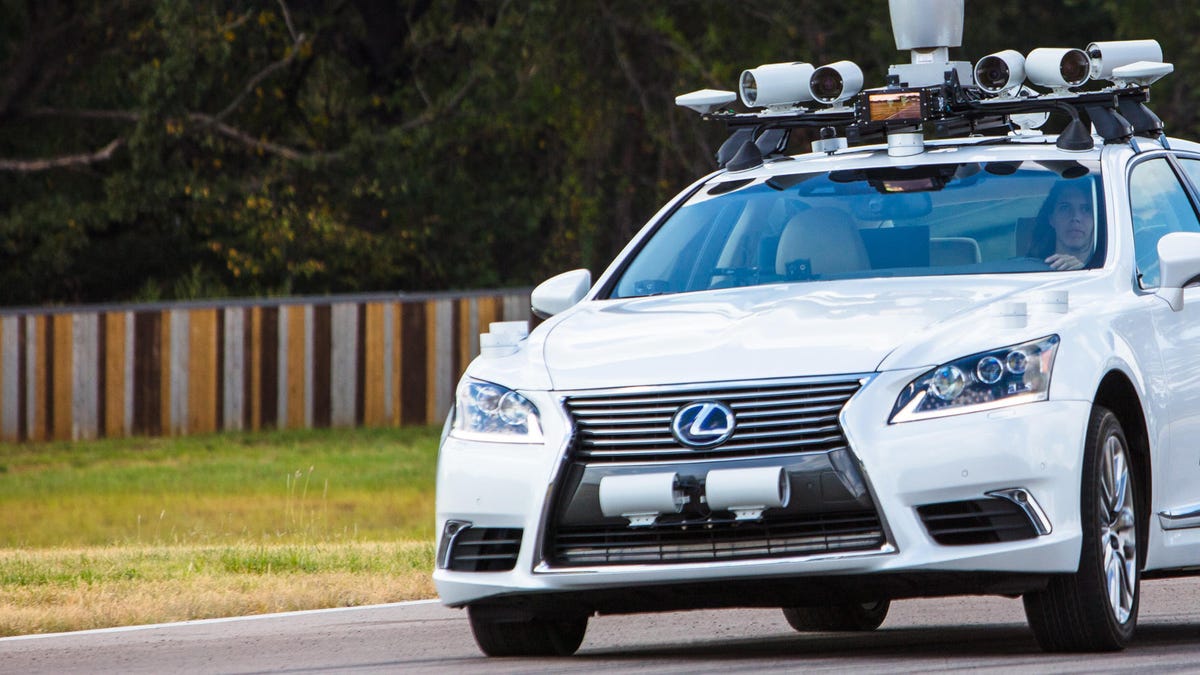Watch Toyota's self-driving car demonstrate two unique modes
One is for those who like to be driven. The other is for drivers.

Toyota hasn't made too many waves in the world of self-driving cars just yet, but a new video finally gives us an idea of what the Japanese automaker is up to.
The video from Toyota Research Institute shows its autonomous technology inside a previous-generation Lexus LS. The vehicle features two steering wheels and sets of pedals, so that a safety driver can still take control, even while a test driver takes the vehicle through its paces.
Toyota's autonomous platform has two distinct modes -- Chauffeur and Guardian. Chauffeur mode is for those who want to be driven; the vehicle takes control, whether it's to alleviate traffic-jam boredom or to act as a hired driver. In Guardian mode, control is still left to the human driver, but the vehicle will monitor the environment and step in to avoid a collision, if necessary.
The video walks the viewer through multiple modes in each test. It makes lane changes around stalled vehicles, avoids obstacles in the road in Chauffeur mode. In Guardian mode, it detects a drowsy driver and takes control instead of letting the car careen off a curve.
Toyota's system is still a few years away from becoming reality, but this video gives us a view of just how far the company's work has come.
Some self-driving cars are nearly indistinguishable from standard ones. This one... isn't.

